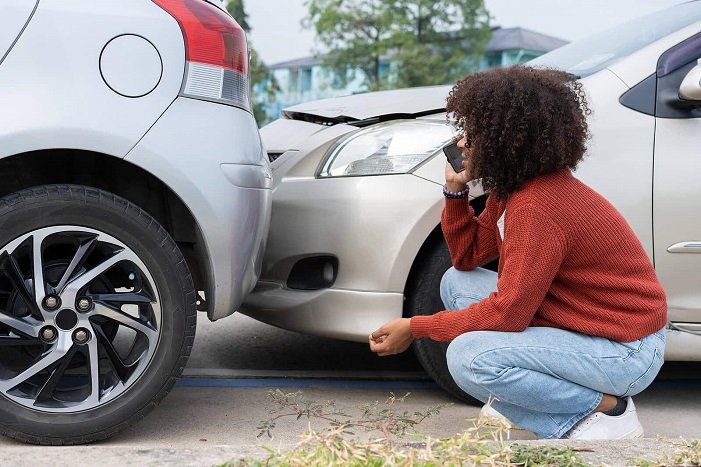Bakersfield, being one of the larger cities in California’s Central Valley, experiences severe traffic congestion during peak commuting hours. These conditions often make it more likely for volatile emotions and mishaps, leading to a marked rise in the number of traffic-related accidents on the city’s roads in the last few years.
Car crashes in Bakersfield can be devastating experiences with lasting impacts on those involved. Figuring out who is at fault and pursuing compensation after a car accident can feel even more overwhelming. Hence, having a thorough understanding of the legal process and all the complex nuances is essential, something a reputed law firm like Kuzyk Law can help with. In this article, we will delve into the complexities of responsibility, discuss different types of payments, and offer practical advice for navigating the aftermath of a car collision.
1. Defining Liability in Car Accidents:
In the event of a car accident, it’s crucial to establish who bears responsibility or blame for the crash. Typically, liability lies with the party that fails to meet their duty of care while driving. Negligent behaviors such as driving under the influence, distracted driving, or disregarding traffic regulations can contribute to liability.
2. Establishing Fault through Evidence:
The process of determining liability relies heavily on gathering evidence. Collecting supporting documents like police reports, photographs of the accident scene and damages, witness accounts, and relevant medical records strengthens your position when seeking compensation.
3. Comparative Negligence and Its Impact:
Sometimes, both parties may share some degree of responsibility for a car accident. This situation is referred to as comparative negligence or shared blame. In states where comparative negligence laws are recognized, the level of responsibility assigned to each party will affect their eligibility for compensation—an important aspect to consider when taking action.
4. Types of Compensatory Damages:
Compensatory damages are designed to help return an injured individual to their accident state by providing financial reimbursement for various losses incurred as a result of the accident:
- Medical Expenses: Reimbursement for medical expenses such as hospital stays, surgeries, medications, and rehabilitation costs.
- Property Damage: Compensation for the repair or replacement expenses of damaged vehicles or other personal belongings.
- Lost Wages: Compensation for injuries that prevent you from working during recovery periods, which includes not only lost wages but also potential future earnings.
- Pain and Suffering: Non-monetary damages are awarded based on the emotional effects caused by the accident.
- Loss of Consortium: Compensation for effects on relationships, including companionship or intimacy.
It is crucial to seek advice from experts specializing in personal injury law to identify the specific types of compensatory damages relevant to your situation.
5. Time Limitations for Filing Claims:
Different jurisdictions have varying statutes of limitations that dictate the timeframe within which you can submit a car accident claim. State regulations usually determine these constraints, but they can vary. It’s crucial to stay mindful of these time limits to make sure you don’t miss out on seeking compensation.
6. Seeking Legal Assistance:
Dealing with injury claims and negotiating settlements can be overwhelming, especially when you’re recovering from injuries. Having an attorney who specializes in personal injury law by your side is invaluable. They provide expertise, handle paperwork, communicate with insurance companies, assess settlements accurately, and work toward compensation.
7. Mediation or Lawsuits:
Resolving a car accident claim often involves negotiations through mediation between the parties involved. Mediation is known for being efficient as it allows parties more control over their settlement terms without the need for courtroom battles. However, if negotiations break down or reach a deadlock, pursuing legal action may be necessary to protect your rights.
8. Protect Your Rights – Steps to Take After an Accident:
After being in a car accident:
- Seek attention even if you don’t think you’re injured.
- Inform authorities about the incident.
- Gather evidence by taking photos or videos of the scene, your injuries or disabilities, and any property damage.
- Collect contact details from witnesses who were involved in the accident.
- Make sure to reach out to a personal injury lawyer as soon as possible.
Conclusion
Having a grasp of how liability is determined and the compensatory damages involved can greatly help you navigate the complex legal processes following a car accident. By gathering evidence, seeking guidance from experts, and being aware of the deadlines for filing claims, you improve your likelihood of receiving fair compensation. Always prioritize safety on the roads by driving responsibly.

